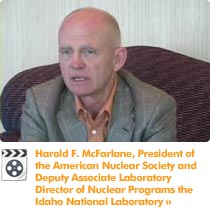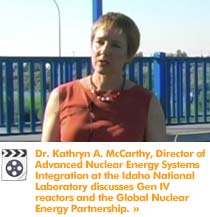

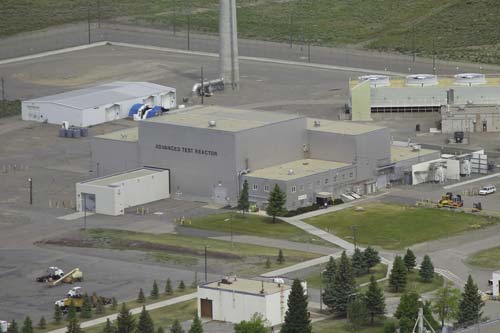
Set amidst the rolling scrub brush hills of southeastern Idaho, the Idaho National Engineering Laboratory (INEL) has for years been involved in bringing a vartiety of hydrogen technologies to light. From fuel cell and storage research to full vehicle testing, the INEL has been a leading center of hydrogen study.
Part of the Idaho National Laboratory (INL), one of the U.S. Department of Energy’s multi-program laboratories, the INEL’s most important work involves nuclear research which could one day yield nuclear-generated hydrogen in quantities great enough to sustain a large portion of the transportation sector.
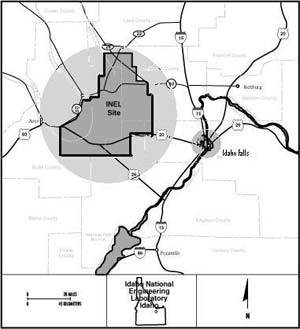
Established in 1949 as the National Reactor Testing Station, the INEL contains the largest concentration of nuclear reactors in the world, though only the ATR and the Advanced Test Reactor Critical Facility Reactor (ATRC) are currently operating.
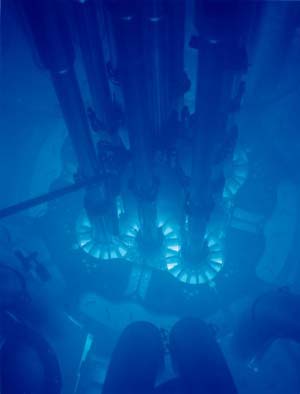
Using specially shaped fuel assemblies, the ATRs unique “cloverleaf” core design provides multiple material test areas within a very compact space. The reactor is expected to be in use well into the 21st Century.
Located about about 30 minutes west of Idaho Falls, the INEL occupies 890 square miles of mostly open land and has been the go-to facility for military and commercial nuclear research since 1951, when the now-retired Experimental Breeder Reactor (EBR-1) generated the first electricity from a nuclear chain reaction.
Situated at the eastern edge of the INEL is a 35-acre complex that is home to the Advanced Test Reactor (ATR). In operation since 1967, the 250-megawatt ATR is one of the world’s most powerful test reactors. The highest-capacity test reactor in the United States, the ATR has played a key role in the development of nuclear technology over the past 40 years -- its principal mission is the irradiation of reactor fuels and materials, mostly for the U.S. naval reactor program.
>The unique design of the ATR’s core allows simultaneous irradiation of materials at varying rates -- simulating in a period of months what would take years to duplicate in an actual commercial reactor. This capability makes the ATR a virtual “time machine,” according to INL engineers. Part of the ATR’s task will be to test materials and fuels for future Gen IV reactors, such as the General Atomics GT-MHR.
Entire contents © 2006 Corland Publishing. Use of editorial content without permission is strictly prohibited.
All Rights Reserved. Privacy Policy Legal Contact Us. Site developed by ICON.


